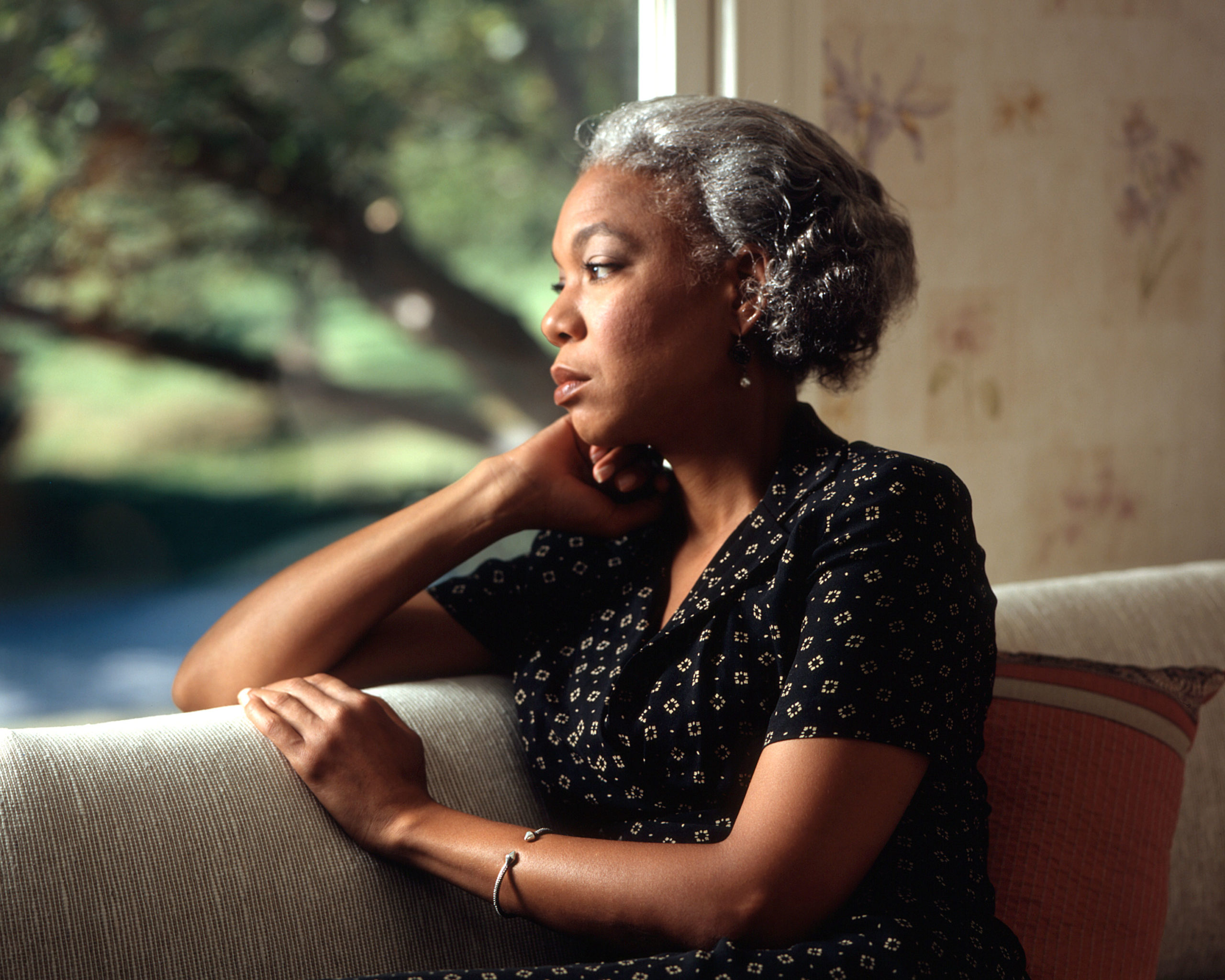by Roslyn Daniels. This article originally appeared on Black Health Matters.

People all over the world, including Americans, are practicing social distancing during this coronavirus pandemic. We’re sheltering at home, leaving only when necessary to replenish essential supplies or to get in a little exercise.
Yes, it feels strange, this interruption to our lives and regular routines, but everyone who can stay home should; it saves lives and helps halt the spread of the virus.
We’re not, however, blind to a byproduct of all this enforced separation: loneliness. A survey of 5,000 people about coronavirus fears found nearly 70 percent of people are worried about isolation and feeling alone. These fears are valid. Even the most introverted among us needs contact with others.
It’s too soon to gauge how short-term social distancing will affect us, though suicide hotlines report seeing a spike in calls, but here’s what we do know: Long-term social isolation can increase the risk of myriad health problems, including depression, heart disease, sleep problems, dementia and death.
Humans are wired for connection. Our brains produce endorphins when we interact with people we love. In fact, some research found connecting with and family friends—even if only virtually—can improve overall well-being and mental health significantly.
So how do we stay connected while maintaining social distance?
- Schedule virtual meetups on video platforms such as FaceTime or Zoom.
- Have online cocktail parties, participate in group exercise classes.
- Watch a movie with Netflix Party.
- Call people. Your iPhone is, after all, still a phone.
- Text, including group chats.
- Go old school and send written notes.
The opinions expressed in this article are those of the author and do not necessarily reflect those of the Diverse Elders Coalition.

